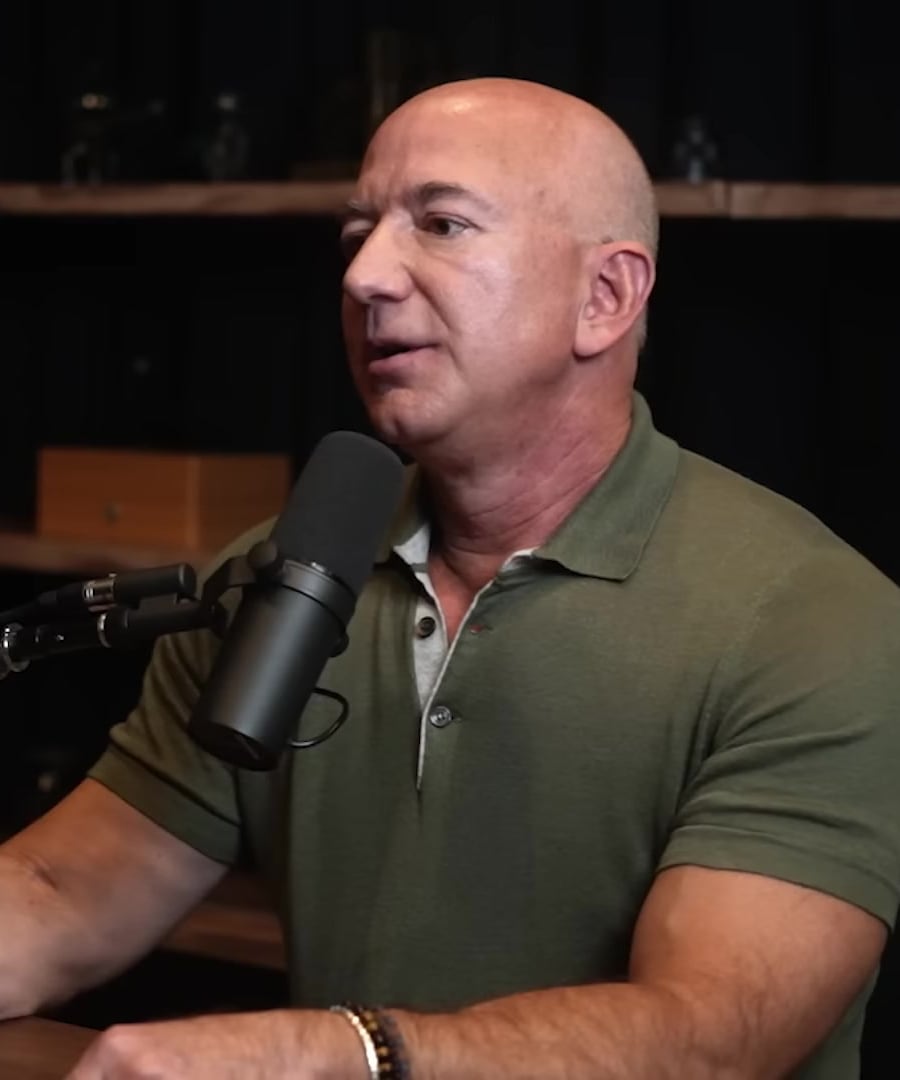Two way doors
Sources:
The concept of "two way doors" in decision-making refers to decisions that are reversible and thus, can be experimented with without significant consequences if things don't go as planned. Here are some insights from various experts:
-
Amazon's Approach:
- Rory Sutherland shares that within Amazon, a "two way door" means testing decisions with minimal cost and reverse if needed. This encourages experimentation over prolonged debates on decisions that aren't permanent 1.
- Jeff Bezos explains this idea further, noting that reversible decisions should be made quickly and often by smaller teams, whereas irreversible (one way door) decisions should be made more deliberately and involve higher scrutiny 2.
-
General Business Application:
- Ozan Varol uses the framework to distinguish between reversible and irreversible decisions in personal and professional life. He emphasizes that most decisions are reversible, allowing for flexibility and adjustment 3 4.
- Dara Khosrowshahi talks about how big mistakes can be considered one way doors due to their significant impact and how Uber carefully navigates decisions affecting earners due to the larger "blast radius" and recovery challenges 5.
-
In Practice:
- David Perell suggests that when making decisions, particularly for critical and expensive ones, writing a memo helps in clearly laying out thoughts. This practice aligns with Amazon's emphasis on distinguishing and carefully handling one way versus two way door decisions 6.
These perspectives highlight the utility of the "two way door" strategy in fostering innovative, quick, and reversible decision-making processes while reserving more deliberate approaches for irreversible decisions.
RELATED QUESTIONS-


